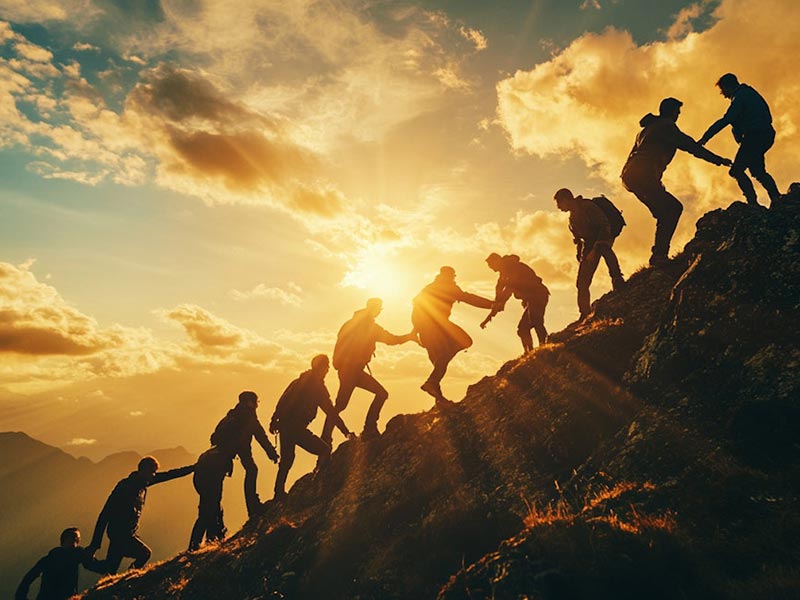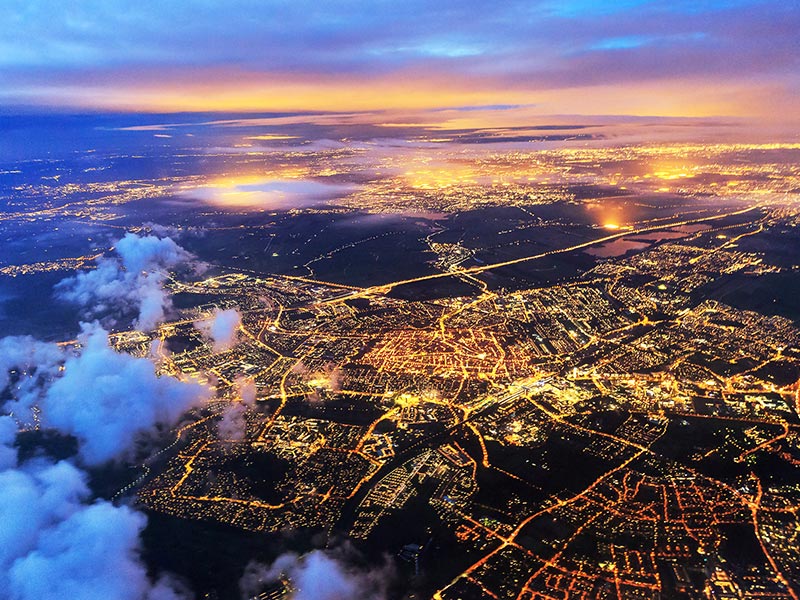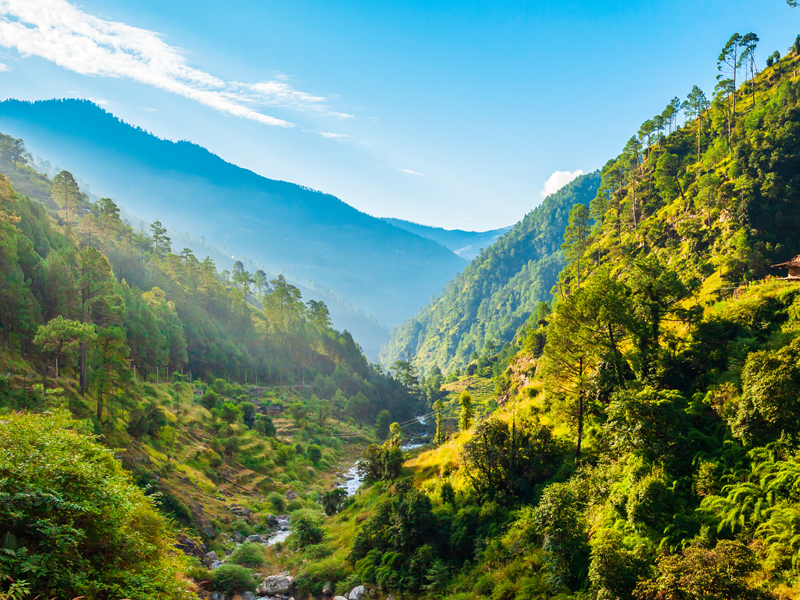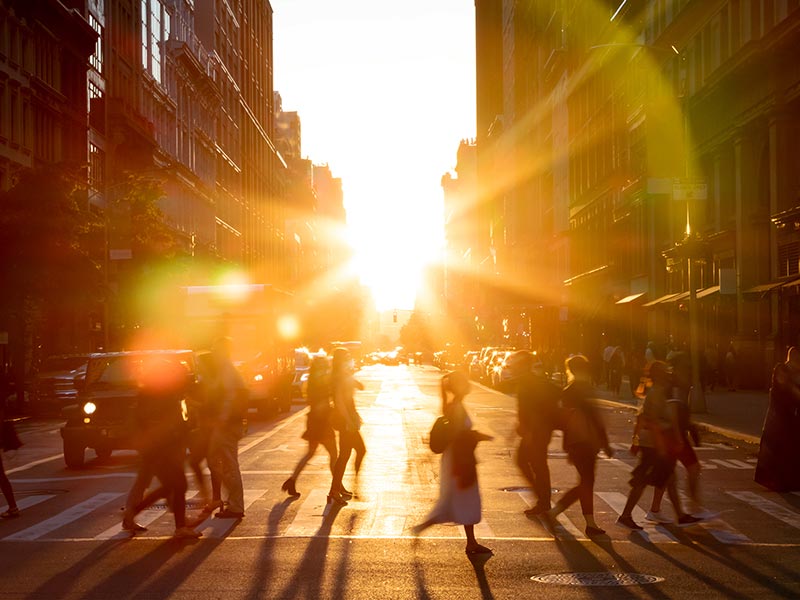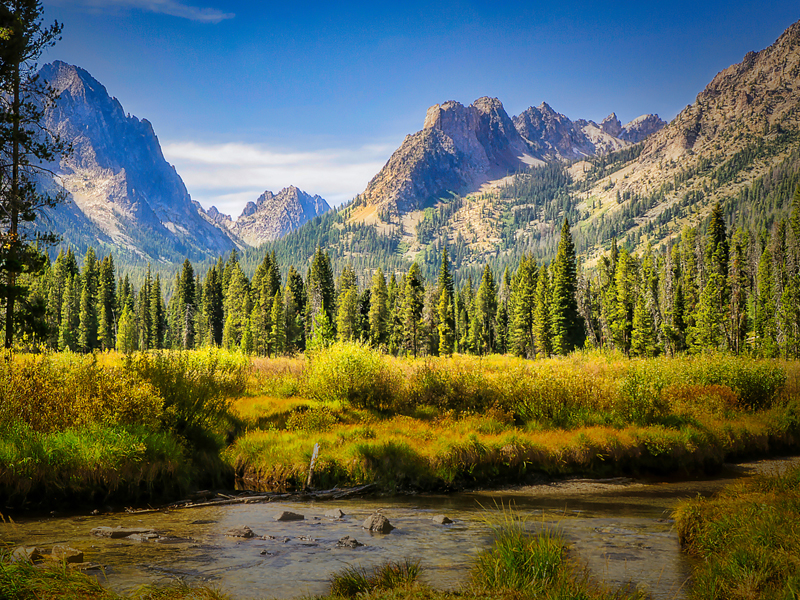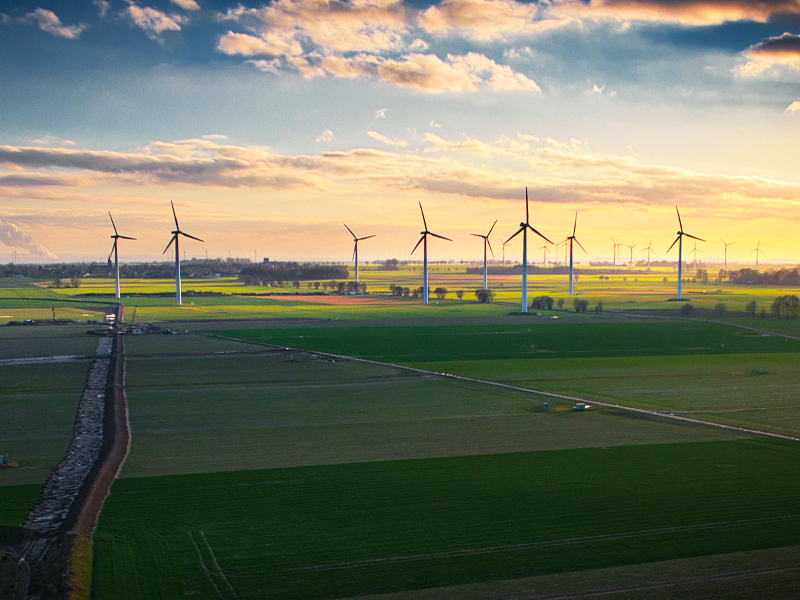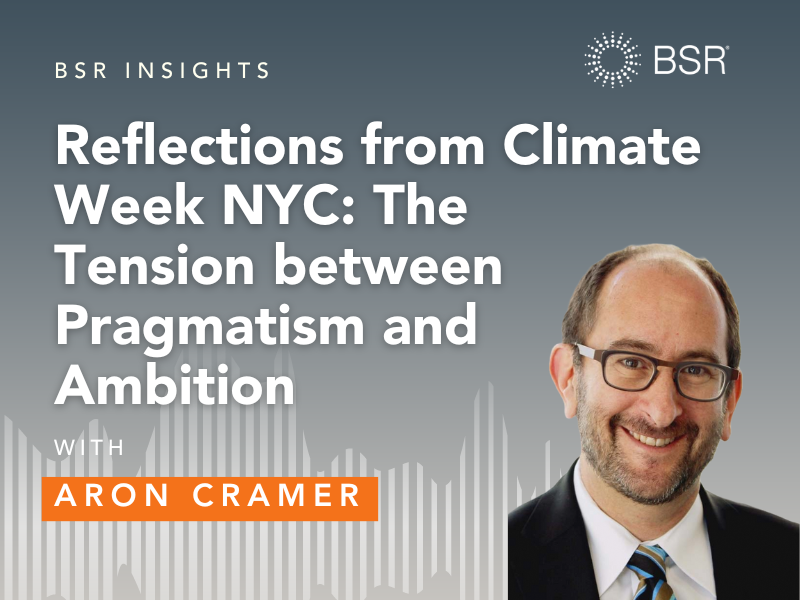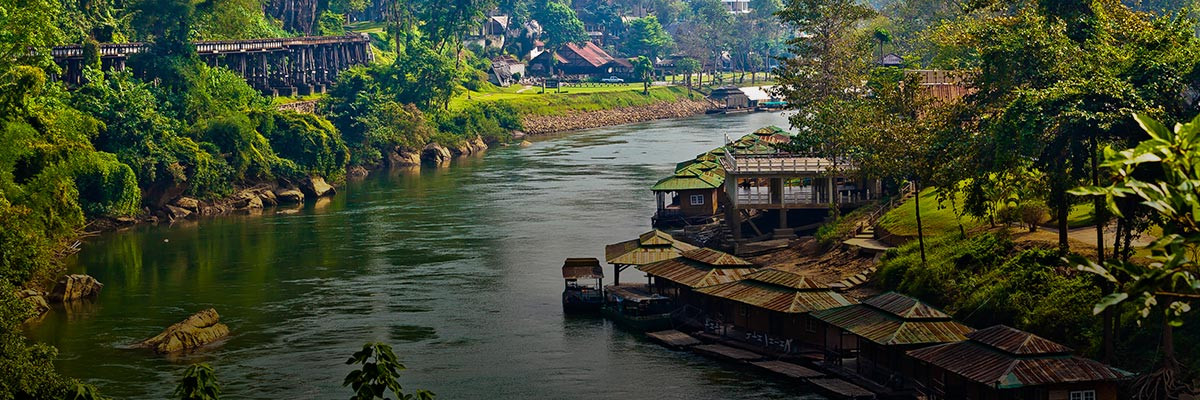
Authors
-
Samantha Harris
Former Associate Director, BSR
At a BSR event in Hong Kong last month, we presented our new framework for private-sector climate risk and resilience to a group of company representatives and adaptation experts who shared their experience and knowledge about working in Asia. These conversations made clear that companies do not fully understand climate risk—including risks like disruptions and scarcity of raw materials that affect direct operations, infrastructure, and supply chains, and societal risks such as loss of livelihoods, jobs, homes, and health that could affect workers and the communities where these companies operate.
Parts of Asia, including the south and southeast, are extremely vulnerable to physical climate change risks such as more intense and frequent typhoons and flooding, sea-level rise, temperature rise, and disease vectors. In 2011, Thailand experienced severe flooding, with damages that reached as high as US$45 billion. Most affected companies were within the manufacturing sector, but many in the insurance industry suffered large insurance pay-outs, which has led to increased premiums, withdrawal from certain markets, and even refusal of new contracts for fear of repeat extreme weather events.
BSR’s new framework helps companies assess climate risks and provides a strategy to evaluate solutions to build resilience based on six capital assets: physical, financial, social, natural, political, and human capital. In Asia, the effects of climate change on society and businesses are deeply linked, so the BSR event focused primarily on enhancing societal and corporate resilience by investing in human capital.
Companies in Asia like Gammon Construction have already experienced climate effects such as intense storms and floods that have hit their assets, as well as heat waves and vector-borne diseases that have affected their workers. In 2016, Southeast Asia experienced its worst heat wave in more than 60 years, with temperatures soaring past 112°F in Thailand and 108°F in Cambodia. Most people can’t work in these conditions, and many of the BSR event participants agreed that this makes the human impacts of climate change one of the most important issues to consider.
Participants also considered how climate change affects vulnerable groups such as women. There is no doubt that climate change magnifies inequalities. Women are 14 times more likely to die in a disaster due to underlying social, economic, political, and cultural factors. Underlying factors such as lower levels of education, less access to finance and land, and lack of basic skills such as how to climb a tree or swim during a flood make women more vulnerable than men. Women represented nearly 90 percent of the fatalities during a 1991 Bangladesh cyclone.
This matters to business because women comprise the majority of the workforce in sectors like agriculture and apparel. By enhancing the resilience of women, many companies can build their own climate resilience.
Event participants discussed four ways to help build human resilience to climate change:
- Invest in prevention methods such as education and training that helps workers prepare for and respond to a climate-related hazard.
- Create alternative work spaces and technologies to protect workers from climate-related events such as heat waves or vector-borne diseases.
- Provide financial access to workers and those in surrounding communities to help promote resilient livelihoods.
- Collaborate on resilience strategies with other businesses in the same industry, as well as suppliers and the community.
Although Asia is often referred to as ground zero for climate change, the region also possesses bountiful traditional knowledge that can be used to respond to climate disasters. Businesses that want to enhance their own climate resilience can build on this critical knowledge and implement strategies that reach beyond the company walls, into the supply chain and the communities that stand at the front lines of global warming.
To collaborate and learn about how to implement BSR’s private-sector climate risk and resilience framework, consider joining BSR’s Resilience and Adaptation Initiative.
Topics
Let’s talk about how BSR can help you to transform your business and achieve your sustainability goals.
